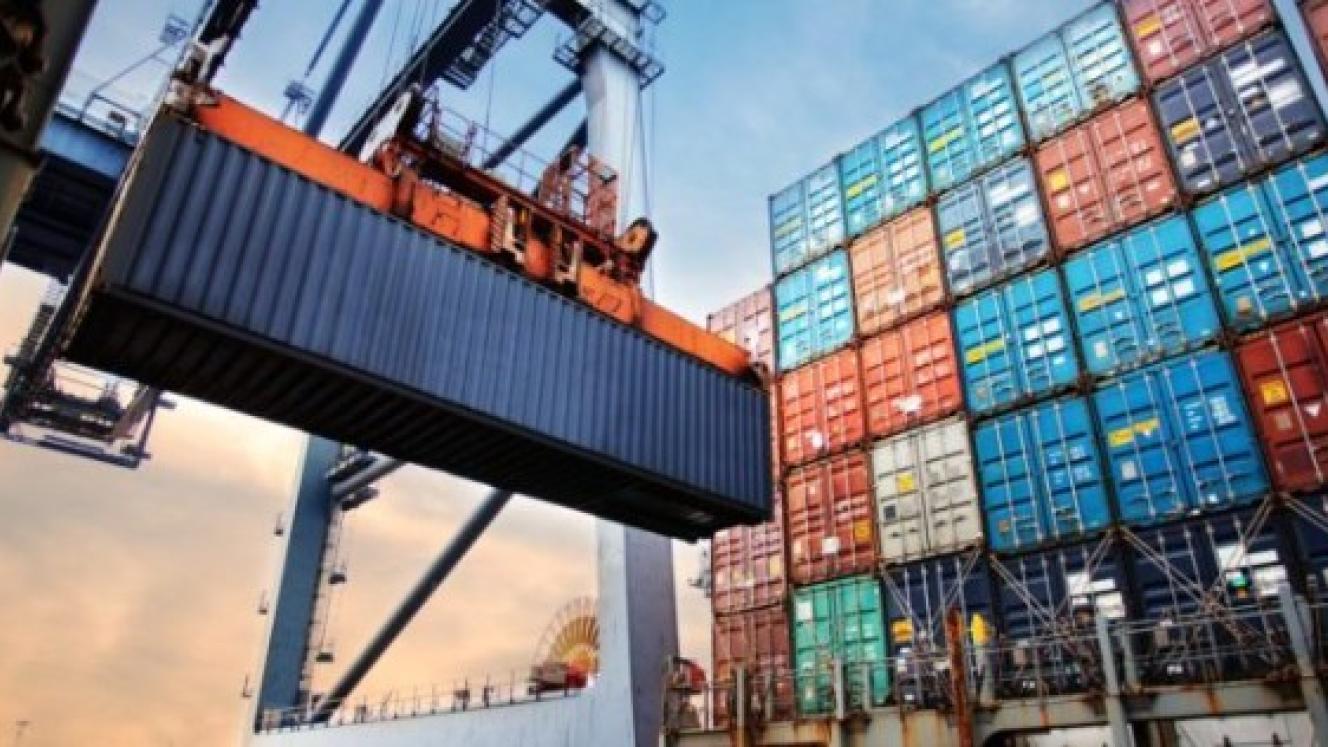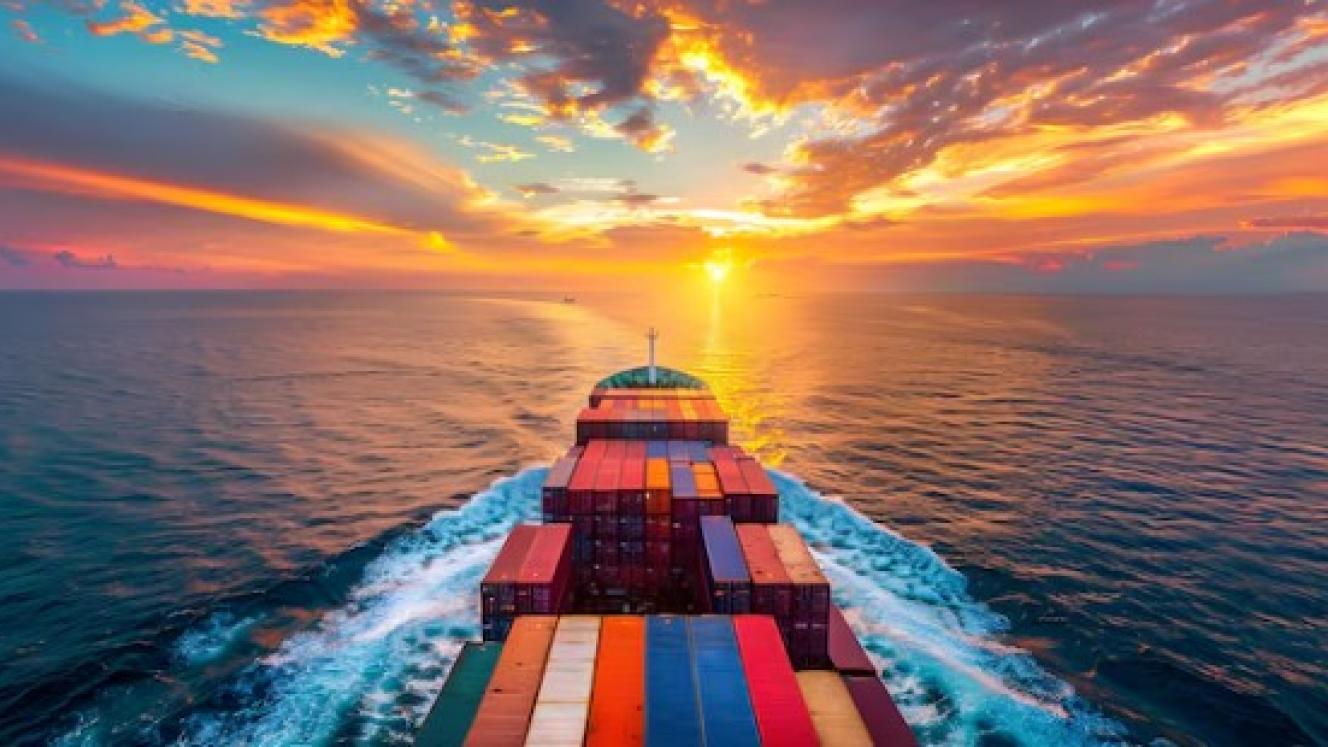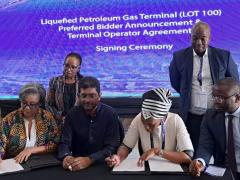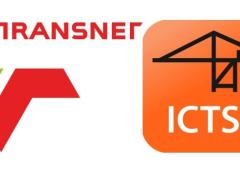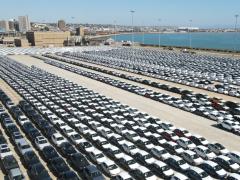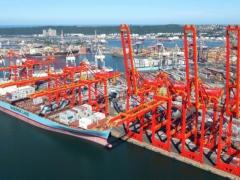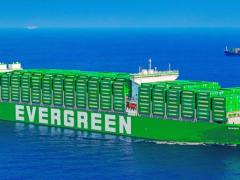Carriers are ready to impose two incremental peak season surcharges (PSS) on top of long-term fixed rates, Taiwan’s Diversified Merchandise Corporation (Dimerco) said in its latest analysis of the sector.
This follows container lines in general delaying PSS implementations from mid-May.
According to Dimerco, the rates are US$2 000 per forty-foot equivalent unit (FEU), starting June 1, and US$4 000 per FEU from June 15.
Dimerco’s latest report warns that spot FAK (freight all kinds) rates could be even more volatile, potentially surging to US$6 000 per FEU in early June and reaching US$8 000 per FEU by mid-month.
According to Drewry’s Cancelled Sailings Tracker, 8% of scheduled sailings on key East-West trade lanes were cancelled in May with the Trans-Pacific Eastbound route bearing the brunt, accounting for 62% of these cancellations.
In total, 58 out of 692 scheduled sailings were cancelled.
Alvin Fuh, vice president of Ocean Freight at Dimerco, said the pressure on Chinese exporters, constrained by a narrow 90-day shipping window, limited equipment availability, and caused frequent schedule rollovers and rising freight costs.
Market highlights identified by Dimerco include news that major Taiwanese ports may face tight space for US-bound cargo by mid to late June.
Carriers are expected to adjust schedules or deploy additional loader vessels to accommodate demand spikes. Far East to US rates are likely to rise with bookings recommended two to three weeks in advance. Far East to Europe rates may slightly increase or remain stable amid sluggish EU demand recovery. Intra-Asia routes remain mostly stable and unaffected by recent market changes.
In northern China, carriers have modified vessel schedules and rotations to India and Pakistan to reduce risks. Export demand from the US has surged, prompting customers to secure capacity urgently. Short-term rate increases are anticipated with carriers adjusting capacity to support higher freight rates, including a slight rise on Europe routes in June.
In Hong Kong, capacity to Penang, Port Klang and Shanghai has improved while rates to Asia remain stable. Export demand from the US has increased sharply, making early booking essential.
In South Korea, vessel reallocations to lanes such as India and the Middle East have tightened space with carriers attempting to raise ocean freight rates.
In Singapore, reduced US tariffs for China may boost cargo transshipment via Singapore but space availability from Singapore is expected to tighten in June, likely pushing rates higher.
Container arrivals at Mexico’s Pacific ports dropped 20% in April after a prior 6% rise, mainly due to stricter customs inspections and new US tariffs delaying shipments. Docking times for Chinese cargo doubled, causing warehouse shortages and prompting some exporters to abandon goods to avoid US duties. Consequently, businesses are reconsidering Mexico-China trade routes and exploring alternatives.
To support growing Asia trade, seven mid-sized Asian carriers – including Emirates Shipping Line, KMTC, RCL, SeaLead, Sinokor, Sinotrans and TS Lines – launched a joint service in April, connecting China, South Korea and Mexico’s West Coast, each deploying one vessel of 2 500-3 000 TEUs.
In Europe, port congestion remains a critical issue with many carriers avoiding Rotterdam.
Antwerp overtook Rotterdam in the first quarter of 2025 with container volumes of 3.4 million TEUs versus 3.3 million TEUs.
The Belgium port’s throughput is due to completed terminal expansions while Rotterdam’s expansions continue. Economic tensions between China and the US have led mainline operators to divert capacity from transpacific to Asia-North Europe services.
